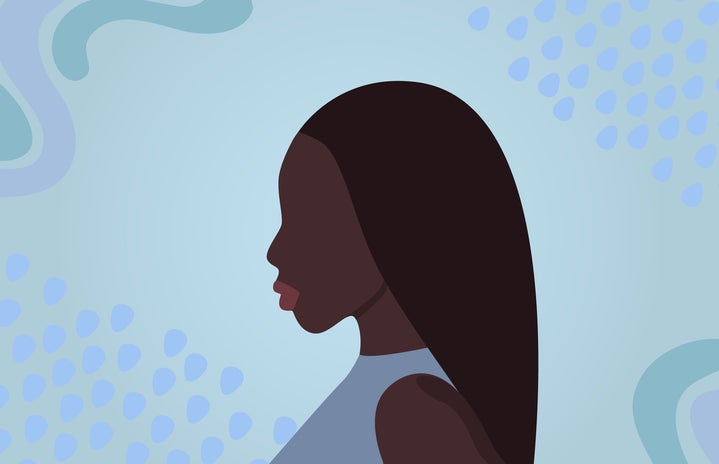Many people believe that we are in an era of diversity and being “woke”. And it’s true; people can see themselves being represented more than ever, from Never Have I Ever to Black Panther. However, I do believe there is more to be done. Generally, persons of a darker skin tone become neglected on the big screen, while lighter skin tones have become the standard in media. When there is dark skin representation, most of the time harmful stereotypes are portrayed. For example, usually, when there is a younger darker skin sister she falls into the “sassy black girl” trope such as Diane from Blackish and Judy from K.C. Undercover. Therefore, we need more positive dark-skin representation.
There are many reasons this is occurring, but the most prominent reason is that colourism is still rampant. This can be seen in numerous book-to-movie adaptions. When the main characters are described as having a darker skin tone in books, the movies often star mixed light-skinned actors. In the book, The Sun is also a Star by Nicola Yoon, the main character Natasha, a Jamaican American, is described as having a large curly afro and is even told that she needs to relax her hair. However, the actress, Yara Shahadi, playing this character is mixed and has looser curls than described. The Hate U Give by Angie Tomas also falls victim to this clearly showing Hollywood’s colourism. While having mixed characters is great, it is not great for mixed actors to become the standard for black characters. Fully black dark skin actors also deserve the spotlight and to be main characters.
Good representation can help people feel more confident and wanted. Media has more effect on people than many realize. When “whiteness” has been continuously centred, others may feel that they also need to be white or lighter to be loved. This is especially prominent in younger audiences. When people can see characters who look like them, it can help them build their confidence and realize they do not need to change who they are, but they are worthy of love regardless of skin tone or race.
Representation can also help break negative stereotypes. As I mentioned before when there is a dark skin character, they usually fall into a number of tropes including the mammy, sassy black girl or gangster. Allowing for new stories to be told can help break these stereotypes once proper research and writing are done. Dark-skin characters do not have to exist inside of a box. They can be funny, inspirational, intellectual or quiet just like in real life. While I mostly spoke about the black community, this is not limited to them. Other communities also need to be represented in all their skin tones.
All of this is not to say that improvements have not been made. In the new TV show, Percy Jackson and the Olympians, Annabeth is being played by Leah Sava Jeffries who is a young black girl. I know that many young black girls will look up to her as I did when I read the books and will relate to her even more. Also, Abbott Elementary is making waves showing we need more BIPOC writers in the writers’ room to get more accurate portrayals of BIPOC characters. While we have come a long way, there is still more work to be done.


